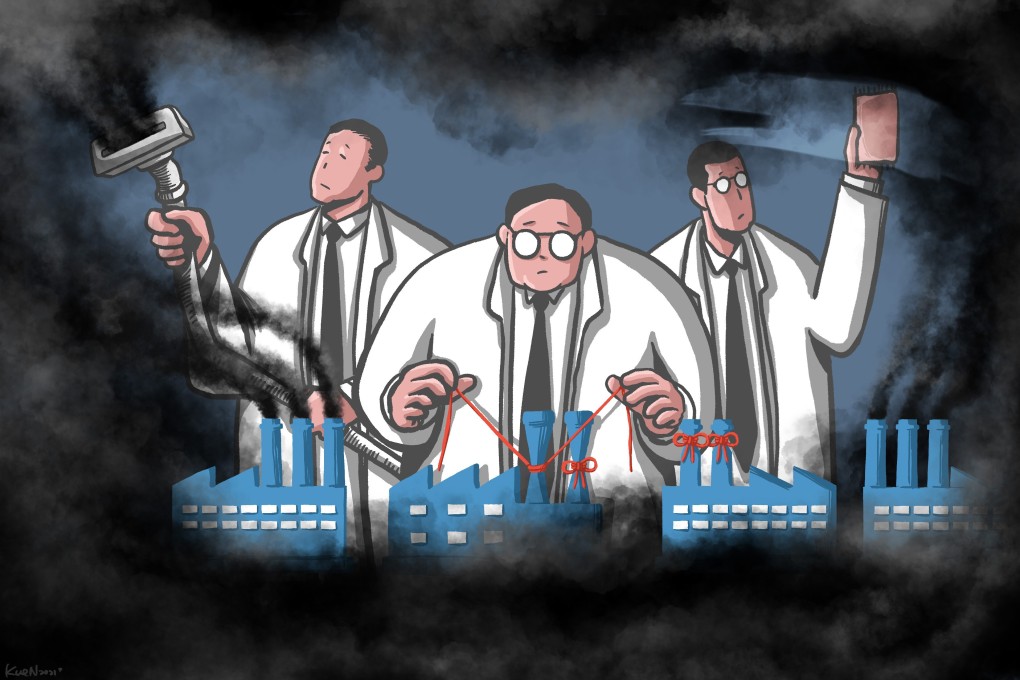From ‘airpocalypse’ to carbon cutter: China’s road to climate reckoning
- In 2013, Beijing was blanketed in smog and relying on fossil fuels to drive its economy
- Now the focus is on ‘high-quality development’ and working with other countries to cap emissions

For much of the past few decades, China’s growth has been powered by fossil fuels, particularly coal. While the economic gains have been vast and rapid, the toll on the environment has been huge. In the first of a four-part series, Echo Xie looks at how China has sought to change development gear over the last decade to combat pollution and see a more sustainable future.
It was less than a decade ago that Barbara Finamore struggled to make out some of the buildings across the street from her Beijing office.
The founder of the Natural Resources Defence Council’s China programme remembers that on particularly bad days in 2013, heavy pollution hung over the Chinese capital, blanketing the cityscape.
In Beijing, levels of lung-damaging PM2.5 particulates were nearly 40 times the limit then suggested by the World Health Organization.
The story was the same across the country.
At the start of the year, severe smog engulfed a quarter of China, affecting 17 provinces and about 600 million people.
